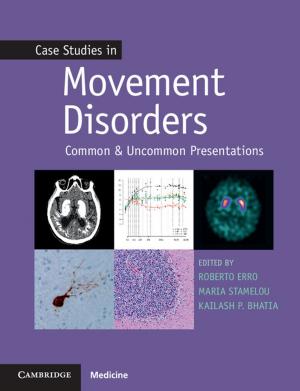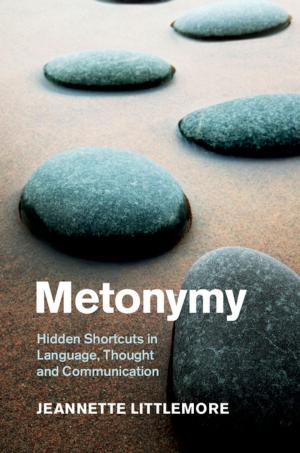Youth in the Roman Empire
The Young and the Restless Years?
Nonfiction, History, Ancient History, Social & Cultural Studies, Social Science| Author: | Christian Laes, Johan Strubbe | ISBN: | 9781139862370 |
| Publisher: | Cambridge University Press | Publication: | March 20, 2014 |
| Imprint: | Cambridge University Press | Language: | English |
| Author: | Christian Laes, Johan Strubbe |
| ISBN: | 9781139862370 |
| Publisher: | Cambridge University Press |
| Publication: | March 20, 2014 |
| Imprint: | Cambridge University Press |
| Language: | English |
Modern society has a negative view of youth as a period of storm and stress, but at the same time cherishes the idea of eternal youth. How does this compare with ancient Roman society? Did a phase of youth exist there with its own characteristics? How was youth appreciated? This book studies the lives and the image of youngsters (around 15–25 years of age) in the Latin West and the Greek East in the Roman period. Boys and girls of all social classes come to the fore; their lives, public and private, are sketched with the help of a range of textual and documentary sources, while the authors also employ the results of recent neuropsychological research. The result is a highly readable and wide-ranging account of how the crucial transition between childhood and adulthood operated in the Roman world.
Modern society has a negative view of youth as a period of storm and stress, but at the same time cherishes the idea of eternal youth. How does this compare with ancient Roman society? Did a phase of youth exist there with its own characteristics? How was youth appreciated? This book studies the lives and the image of youngsters (around 15–25 years of age) in the Latin West and the Greek East in the Roman period. Boys and girls of all social classes come to the fore; their lives, public and private, are sketched with the help of a range of textual and documentary sources, while the authors also employ the results of recent neuropsychological research. The result is a highly readable and wide-ranging account of how the crucial transition between childhood and adulthood operated in the Roman world.















